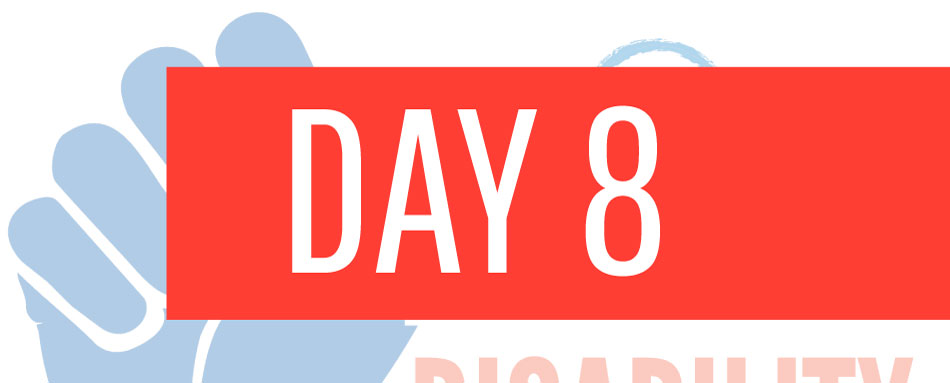
When people hear the word “accessibility,” they may think of braille on bathroom signs, ramps, or accessible parking spaces and bathroom stalls, but accessibility is much more than a handful of design elements. Accessibility means people with disabilities have equal access to places, programs, services, and information without being obstructed by physical or programmatic barriers.
The Americans with Disabilities Act (ADA), which was passed in 1990, requires state and local governments, organizations, and most businesses open to the public to make their programs, goods, and services accessible to people with disabilities. This includes completing readily achievable barrier removal and providing reasonable accommodations to people with disabilities. The ADA states that any new construction and renovations must also be accessible to people with disabilities.
Yet more than 30 years after the passage of the ADA, much of our society remains inaccessible. In 2010, the Department of Justice finalized new guidelines for accessibility called the ADA Standards for Accessible Design. However, these minimum legal standards are not as inclusive as the ideal standard of universal design. Universal design is the intentional creation of environments accessible by all people regardless of age, size, or disability.
Access barriers are not always physical. Programmatic accessibility means ensuring there are no barriers to inclusion in an organization’s policies, practices, and communications. Eliminating programmatic barriers, such as communication and sensory barriers, creates programmatic accessibility. The ADA requires covered entities to have effective communication with people with disabilities. Communication barriers include issues such as missing or inaccurate captioning, using technical jargon rather than plain language, websites that are inaccessible to screen reading software, and a lack of sign language interpretation. Some examples of sensory barriers are red/green color-coding of information which is inaccessible to most people with color vision disabilities, strobe lighting which is a common seizure trigger, failure to include audio descriptions of visual content for people who are blind, and the use of cleaning or personal care products that contain fragrances which can contribute to sensory overload or cause reactions such as migraines or anaphylaxis. We can develop accessible spaces, information, and events by using universal design principles and involving people with disabilities in the planning process. The Autistic Self Advocacy Network offers a useful guide to hosting accessible events that covers physical and programmatic accessibility, and Rooted in Rights offers a guide to digital accessibility basics.
![[Image description: The musical group Caveta Envinada and a sign language interpreter perform on stage at the San Francisco Trans March 2016.
Attribution: Pax Ahimsa Gethen via Wikimedia Commons (2016).]](https://unitedforscmi.org/wp-content/uploads/2022/08/dec8-1024x719.jpg)
[Image description: The musical group Caveta Envinada and a sign language interpreter perform on stage at the San Francisco Trans March 2016. Attribution: Pax Ahimsa Gethen via Wikimedia Commons (2016).]

Read
- Andrew Pulrang, Forbes – Why Is Accessibility Still a Problem? What Can We Do About It?
- Innes Walker, Rooted in Rights – Going Our Own Way: Public Transit Accessibility for Neurodivergent People
- Sara Luterman, The 19th – Her Speech Using a Voice App Made History In Congress—And Sparked a Larger Disability Conversation (includes video with captions)
- Sarah Blahovec, Disability Visibility Project – #AltTextPalestine: Showing Solidarity by Creating Access

Watch
- Center for Independent Living Berkeley, Power On – The 7 Principles of Universal Design (5:51, includes captions and transcript)
- Unsightly Opinions – Accessible vs. Universal Design – How You Can Help! (11:49, includes captions, audio description, and transcript)

Listen
- Short Wave Podcast, NPR – Disabled Scientists Are Often Excluded from the Lab (14:16, includes transcript)
- The Indicator Podcast, NPR – Designing for Disability: How Video Games Become More Accessible (11:28, includes transcript)
- Down to the Struts Podcast – Making Voting Accessible (27:19, includes transcript)
Discussion
- Think about your school, workplace, or the last event you attended. Can you identify physical, sensory, or communication access barriers?
- What about online and on social media? Do you notice any barriers to communication or information accessibility?
- How can you implement or advocate for universal design principles in your spheres of influence?
